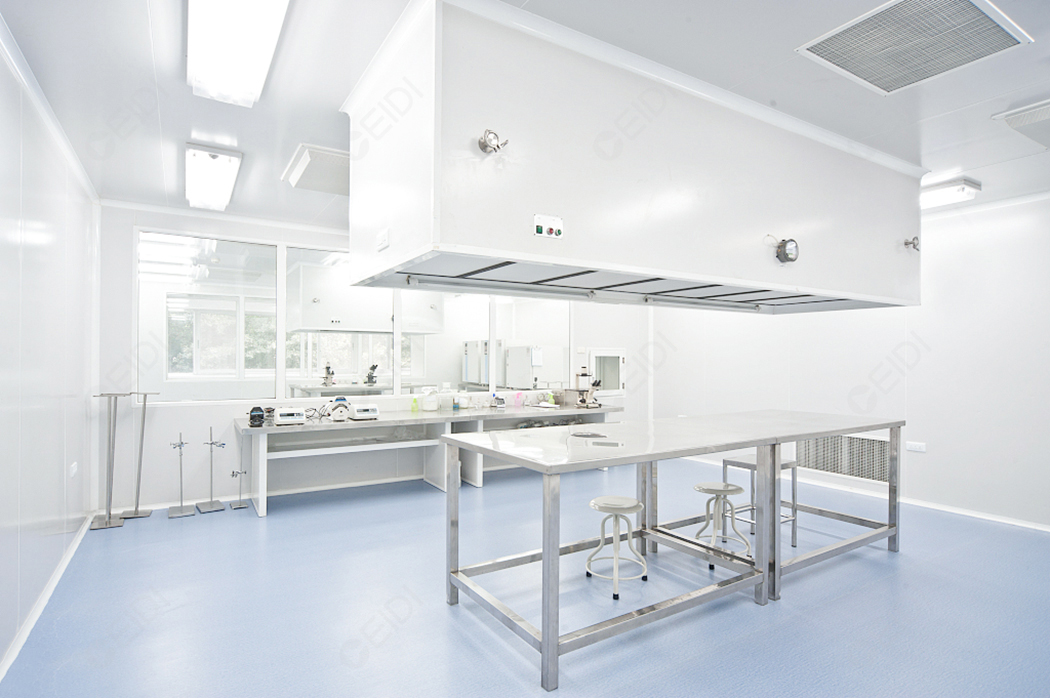Welcome to the official website of Xidi laboratory, the laboratory design and decoration recognize Xidi!
|
|
Home >> News >> Technology
文章出处:Technology|阅读量:903|发表时间:2021-02-25
Next-generation sequencing is a powerful functional platform that can sequence tens of thousands of DNA molecules at the same time. Because of this ability to sequence multiple samples at the same time, second-generation sequencing, or high-throughput sequencing, has created a revolutionary field in personalized medicine, genetic diseases, and clinical diagnosis. In related fields, next-generation sequencing (NGS) technology is mainly used in clinical testing, such as genetic diseases, solid tumors, hematological tumors, infectious diseases, human leukocyte antigen analysis and non-invasive prenatal screening Wait. Relevant societies at home and abroad have issued relevant consensus and guidelines to promote its clinical application.
The development of second-generation gene sequencing technology puts forward high requirements for the processing and analysis of sequencing data. At present, there are many data analysis softwares in second-generation gene sequencing laboratories, but most of the software can only complete a single analysis function. How to choose and integrate these software correctly and efficiently has become an urgent need. CEIDI Xidi has already studied the construction of the second-generation gene sequencing laboratory. CEIDI technicians have developed and designed a set of special laboratory construction schemes based on second-generation gene sequencing, perfect experimental design principles, one-stop construction and planning schemes, simplifies manual operations in the data analysis process, and greatly improves operation effectiveness.

The layout of the layout of the second-generation sequencing (NGS) laboratory decoration design
1. In principle, NGS laboratories should be divided into zones: sample pre-processing area, reagent storage and preparation area, sample preparation area, library preparation area, hybrid capture area/multiplex PCR area (first amplification area), library amplification area (Second amplification area), library detection and quality control area, sequencing area, data storage area.
2. The air and personnel flow in each work area should be designed in accordance with the requirements of the "Guidelines for the Work of Clinical Gene Amplification Laboratory in Medical Institutions".
3. The layout partitions in the actual design can be combined according to the actual situation, usually by the construction party's requirements, or the laboratory decoration design company's suggestions, and the two parties negotiate and decide. However, blood samples should be separated from tissue samples during pre-processing and bank building.
Requirements for the construction of next-generation sequencing (NGS) laboratories
1. Qualification requirements of NGS testing personnel:
① NGS testing technicians should have a college degree or above in clinical pathology and molecular biology, and have passed the theoretical and technical training of NGS technology.
② Data analysis personnel should have a background in clinical medicine or molecular biology or genetics and be trained in bioinformatics.
③ The final report should be reviewed by a practicing physician or authorized signatory (Doctor of Medicine or senior professional title) of the unit with a pathology background of intermediate level or above and qualified.
2. NGS testing reagents and project requirements:
① Both reagents and sequencing platforms should select products approved by the China Food and Drug Administration (CFDA). When it comes to laboratory self-prepared reagents, there should be a strict standard operating procedure (SOP) for reagent preparation, and it can be used only after being verified by the clinical laboratory self-built project (LDT).
② The verification of each NGS test item needs to be based on the library construction method, sequencing platform and analysis tool, and different mutation types, including single nucleotide variants, SNVs, small insertions or deletions (Indels), and copy number mutations. Variations (CNVs), chromosome structural variations, structural variations (SVs), and different sample types (such as FFPE tissue, fresh tissue, whole blood, pleural fluid, etc.) for specific panel accuracy, precision, sensitivity, specificity and other performance parameters Perform LDT verification.
③ There should be data on the sensitivity and specificity of different sequencing depths under different mutant allele frequencies (MAF) that have been tested by standard products to determine the credible sequencing depth of different samples. After verification, any changes to the SOP, including reagents, instruments, genetic items, etc., need to be re-verified. The signature of the verification experiment results is kept for record.
3. Quality management requirements of NGS testing laboratories: NGS testing mainly includes two parts: experimental operation and bioinformatics analysis. The experimental operation part includes sample preparation, library preparation, barcoding, target region enrichment, sequencing, etc.; the bioinformatics analysis part includes mapping, comparison, variant identification, variant annotation, variant interpretation, and reporting. The above processes require the establishment of laboratory quality management system documents and SOPs and machine operation and maintenance SOPs, with strict indoor quality control measures; regular participation in indoor quality assessments to have continuous quality assurance and improvement plans.
